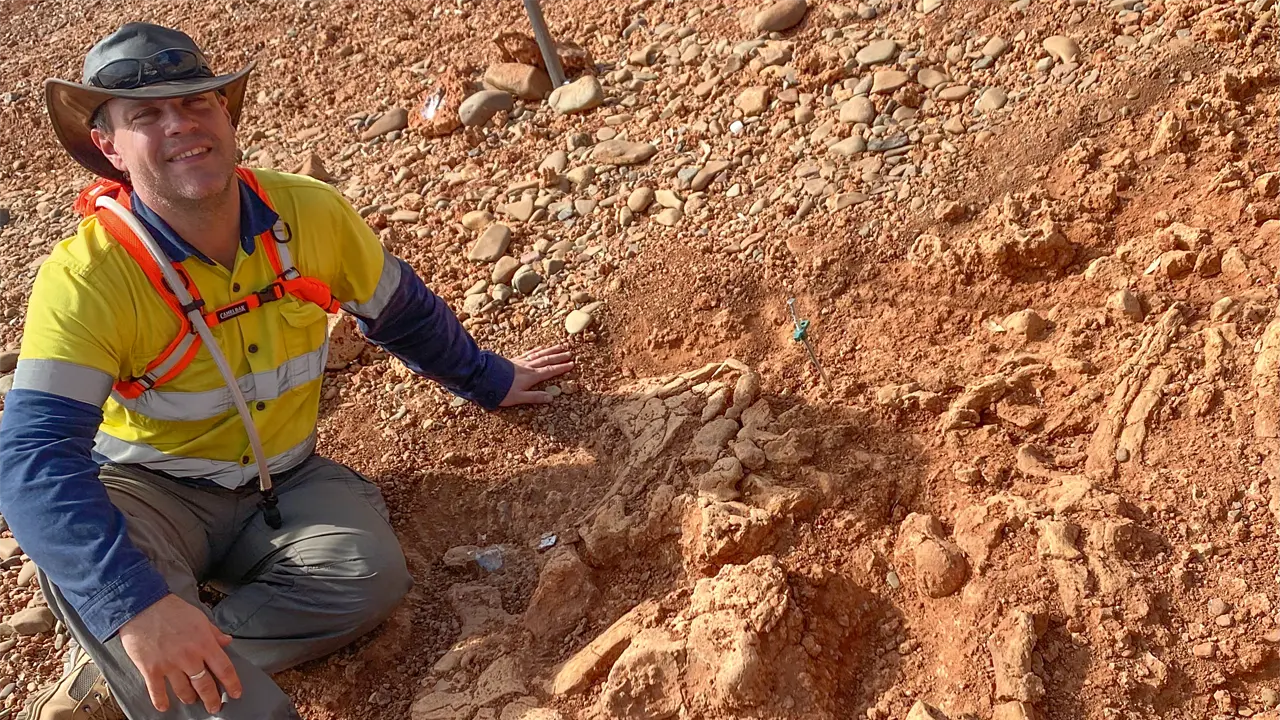The development of broncoing as a means of overcoming a scarcity of yards exemplifies the spirit of innovation at the heart of outback life.
Story by Darrell Lewis
Broncoing is the name given to a uniquely Australian method for handling cattle without the use of a yard, developed on the great outback plains where timber suitable for yard-building was scarce or absent. Using this method, cattle were mustered wherever they were found and held in a mob by a number of mounted horsemen. Another horseman, the ‘catcher’, roped any unbranded animals and dragged them to a ‘fixture’, usually a tree with a branch cut off to form a hook or with a large iron hook tied to the trunk. As the catcher passed the tree the rope was placed in the fork or hook and the animal was dragged up to it, leg-roped, thrown and held down by men on the ground. The head rope was then released and while the catcher returned to the mob to rope another beast, the animal was castrated or treated in other ways. The system was quickly adapted for yard work, usually with the use of a ‘bronco panel’, a set of posts and rails against which a roped beast was dragged.
Various men have been credited with introducing broncoing, with the most popular candidate being a Mexican stockman named Ambrose Madrill, said to have come to Australia with a shipment of donkeys imported by Sir Thomas Elder in the 1860s. However, the only donkeys Elder is known to have imported arrived in 1866 from India, and all available evidence indicates that apart from one or two short-lived experiments, the technique was not practiced in Australia until after 1890.
This story excerpt is from Issue #44
Outback Magazine: Dec/Jan 2006









